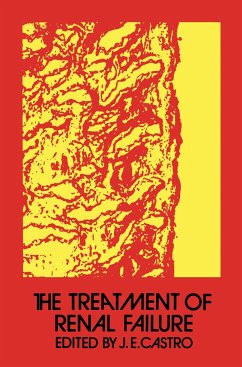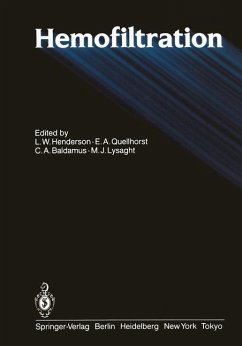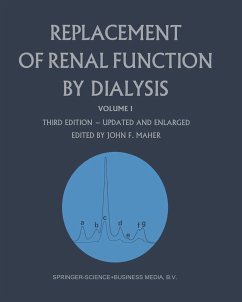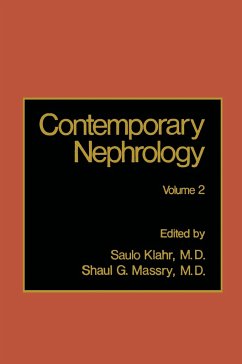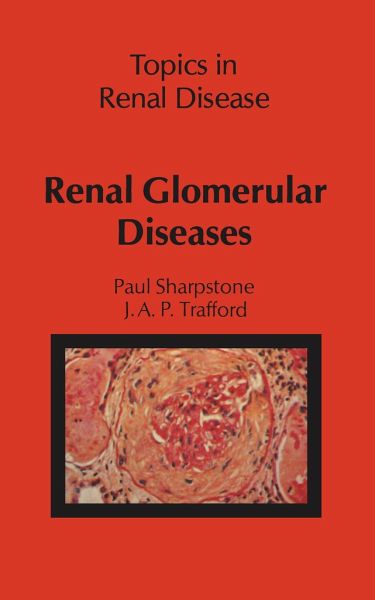
Renal Glomerular Diseases

PAYBACK Punkte
20 °P sammeln!
The cause of end-stage renal failure in one-third of patients treated by regular haemodialysis or kidney transplantation is some variety of glomerular disease. Less serious glomerular dis orders are more common and often cause inappropriate conster nation to the patients and, sometimes, to their doctors. Similar clinical features can be produced by pathological lesions ranging from the trivial to the life-threatening, and renal biopsy is often necessary to establish the diagnosis. However, its widespread use during the past 20 years has enabled clinicopathological correlations to be made and t...
The cause of end-stage renal failure in one-third of patients treated by regular haemodialysis or kidney transplantation is some variety of glomerular disease. Less serious glomerular dis orders are more common and often cause inappropriate conster nation to the patients and, sometimes, to their doctors. Similar clinical features can be produced by pathological lesions ranging from the trivial to the life-threatening, and renal biopsy is often necessary to establish the diagnosis. However, its widespread use during the past 20 years has enabled clinicopathological correlations to be made and the natural history of many 'glomerulopathies' to be established, though large areas of uncer tainty remain. In contrast to symptomatic measures, such as the management of uraemia or the nephrottc syndrome, the use of treatment in arresting the progress of the glomerular lesion itself is controver sial and is based on anecdotal evidence rather than controlled trials. Knowledge of the renal pathology will, at least, enable conditions in which immunosuppressive therapy is appropriate to be distinguished from those which are benign or self-limiting. In this book symptomatic management of the clinical syn dromes is detailed, but classification is firmly based on renal histological appearances. The relevance of immunofluorescent microscopy, ultrathin section examination and electron micros copy to our understanding of pathogenesis is described, as well as the uses of these techniques for morphological discrimination.






